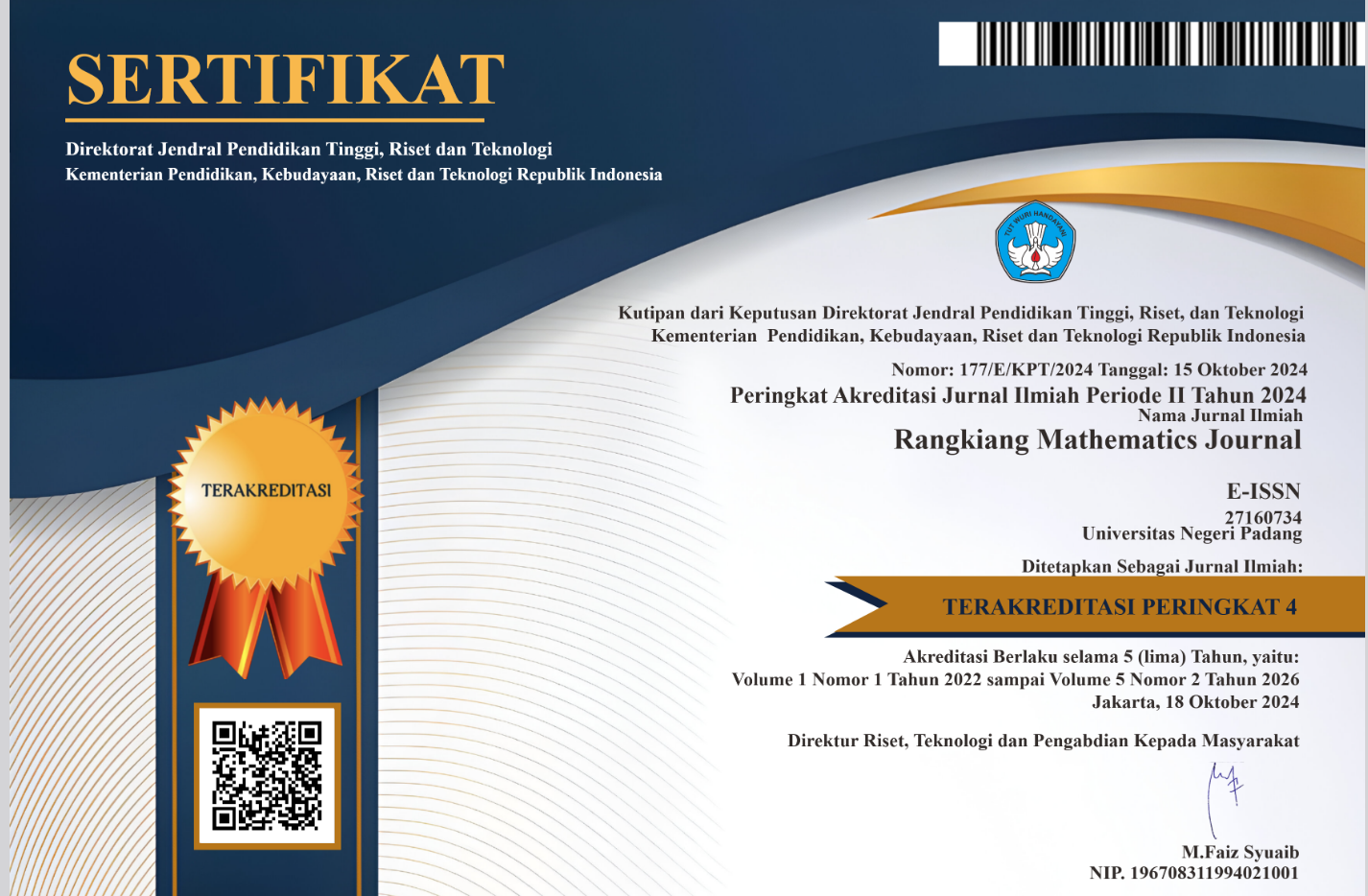Comparison of Linear Regression and Polynomial Local Regression in Modeling Prevalence of Stunting
DOI:
https://doi.org/10.24036/rmj.v4i1.81Keywords:
Polynomial Local Regression, Regression Analysis, Stunting, Linear RegressionAbstract
Stunting is one of the main focuses of the government in Indonesia. This is because nutritional status is one of the benchmarks of community welfare. Stunting can be influenced by various societal aspects such as health, economy, social status, and education. One factor that is thought to be closely related to stunting is the level of education. Therefore, the prevalence of stunting and the level of education will be modeled; in this case, the mean years of schooling is used. Modeling uses two approaches: parametric through linear regression and nonparametric through local polynomial regression. This study compares both models to see which method better explains the stunting phenomenon. The comparison is made through the determination coefficient value or R2, Root Mean Square Error or RMSE, and the fitted curve plot. The results of R2 and RMSE for both models were obtained. The linear regression model has an R2 of 32.94% and an RMSE of 4.84. Meanwhile, for the local polynomial model, it is R2 43.44% and RMSE 4.32. Based on these results, it can be concluded that local polynomial regression is better at modeling the relationship between the prevalence of stunting and mean years of schooling in Indonesia. This finding confirms that the polynomial local regression method can capture phenomena that occur for data that do not follow a particular pattern.
















